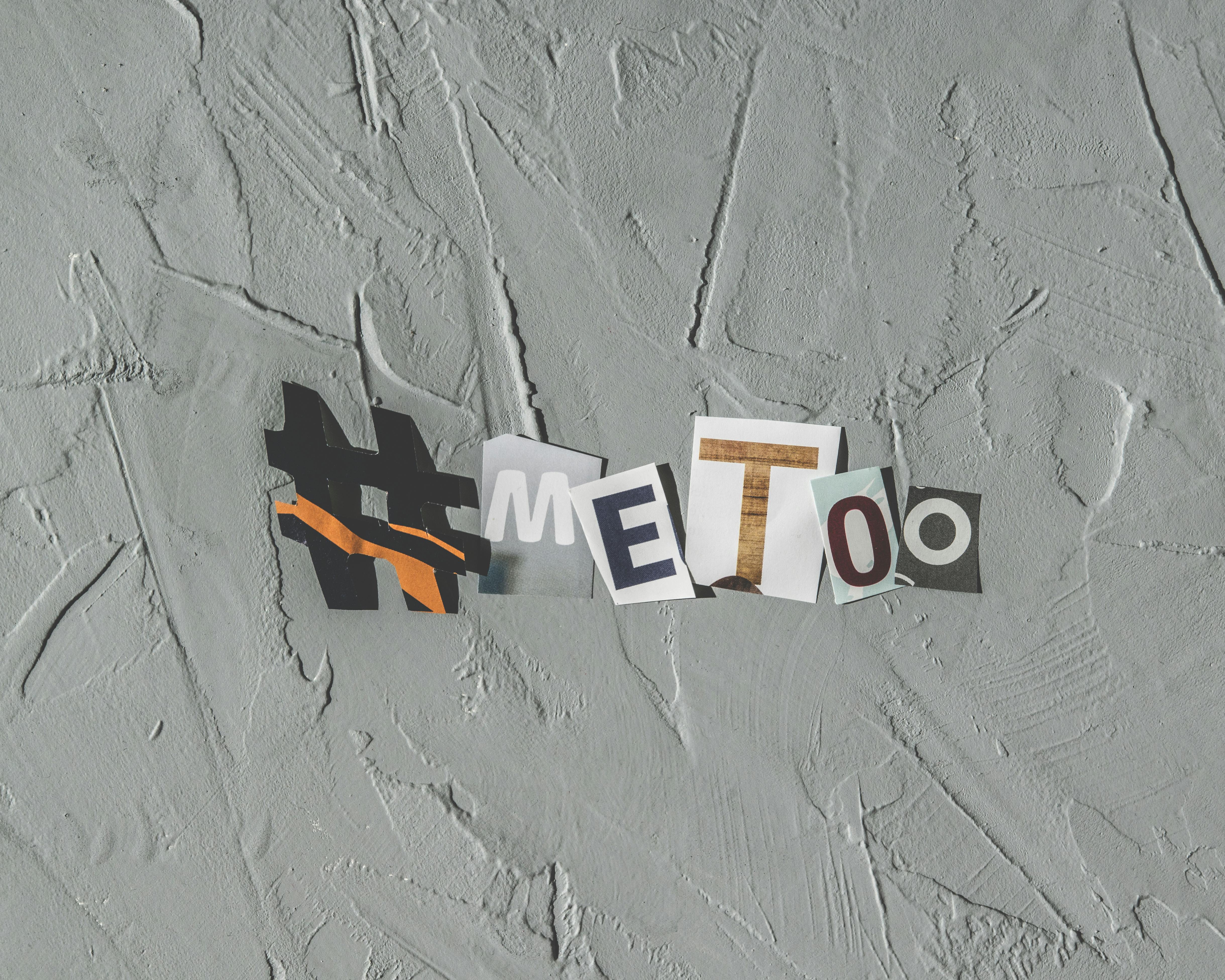Social media often portrays feminism as two ends of a spectrum.
On one side, feminists are radical men-haters. They are often harsh, confrontational, and most importantly—angry. On the other side, feminists are depicted as the perfect vision of being a girl-boss, with high paying office jobs, luxury bags and overpriced coffees. Oftentimes, the two ends of the spectrum would intersect, imposing the idea that in order to be a feminist, you should be independently wealthy and a misandrist. Only without the reliance on men and with much, much anger and hatred can you be deemed a real feminist—one that is truly empowered to the core.
However, this perspective often overlooks the ones in between, ones who are neither afraid of men nor hating on men. Many of us are empowered in a quiet manner and are usually imperfect. Viral TikToks of "I'm not a feminist, I can actually cook" is a classical example of placing feminists at the edge of complete radicality. Because, what do you mean you lose independence and awareness once you learn how to function in the kitchen and make food for yourself or someone else?
Hence, I would like to explore some of the fundamentals of the term feminism through its history of evolution to basic rationales so as to push back against the extremism it has been portrayed as.

Image Credits: Lum3n from Pexels
Let us slide into your dms 🥰
Get notified of top trending articles like this one every week! (we won't spam you)History of Feminism
Although not any type of technology innovation that underwent improvement, feminism is a series of periodic waves that have evolved with the progression of time. Historians have divided feminism into different periods, each one concentrating on a different value or progress. Some notable ones include:
Early Tones
It all started with Christine De Pizan, a French writer during the Enlightenment period, who published a book called The Book of the City of Ladies. In the book, she highlighted several innovative concepts that have been discussed but never officially and academically recorded. These concepts include misogyny, lack of education for women, and women’s oppression. Later in 1792, Mary Wollstonecraft published the first ever feminist treatise, A Vindication of the Rights of Woman, in which she explored a series of social issues affecting women, such as lack of education or employment and workfield disparities. These two pieces of work basically set up the undertone of feminism, bringing problems of gender equality to the light of academia.
First Wave Feminism
The first wave of feminism started in the late nineteenth century, when they advocated for constitutional and social change. This wave focused on the basic equivalence and equity of rights on the legal side—manifesting in the right to vote, right to be educated, right to own property, and most importantly, the right to not be the property of their husbands. Hence, in 1920, Congress passed the Nineteenth Amendment, offering women the right to vote. But that's merely not enough.
Second Wave Feminism
The second wave of feminism dated from the 1960s to 1980s, and was based off of expanding the legacies of the first wave feminism. The period of movement focused more on both indirect and direct oppression of women. Women advocated for rights beyond the legal surface and more equal opportunities in the workplace and home, hoping to push back the highly patriarchal public sphere. Some important literature resulting from the second wave feminism included The Second [censored] by Simone de Beauvoir and The Feminine Mystique by Betty Friedan.
Third Wave Feminism
The third wave of feminism began in the mid-1990s, when women began to embrace individuality and autonomy, precious legacies of the previous movements. With this wave of feminism came more inclusion. For instance, the term "intersectionality" was coined by Crenshaw in 1989. People started to explore the intersection of social class, gender, and race, realizing that inequalities across different types of demographics can overlap and exacerbate one another. Along with the third wave of feminism also came the concept of transfeminism, where people took into account the rights of trans women. This wave diversified the scope of feminism and expanded the feminist discussion in myriad ways.
Fourth Wave and Beyond
The fourth wave, taking place in the 2010s, focused more on the fuller inclusion of women's rights. People advocated for equality in areas such as sexual violence, domestic abuse, body positivity, and the empowerment of disabled communities. The #MeToo Movement, one of the largest and most recent movements, shed light on toxic sexism and intimidation in the workplace.

Image Credits: nappy from Pexels

Take the Quiz: Which Squid Game Player Are You?
Ever wondered which player you’d be if you found yourself in the Squid Game universe? Take this quiz to find out which character matches your perso...
Types of Feminism: Concepts and Ideologies
Scholars propose there are four distinct types of feminism.
- Radical Feminism: Belief that patriarchy is the primary source of women's oppression and that only with the dismantling of it will inequality disappear.
- Liberal Feminism: Belief that gender equality should be achieved through legal and political reforms within the existing social structure.
- Marxist Feminism: Belief that capitalist economic systems are the sinners, reinforcing patriarchy and oppressing women.
- Cultural Feminism: Belief that we should focus on nurturing distinct women's cultures and promote positive values associated with femininity, emphasizing the unique qualities of women.
- Other types of feminism include eco-feminism, post-modern feminism, black feminism, intersectional feminism, and more.

Image Credits: Shvets from Pexels
Why Should We Care About It?
Feminism is a big concept, and understanding the terms seems to be a difficult and weary process. However, the purpose of using a feminist lens is to discover how people interact within systems and possibly offer solutions to confront and eradicate oppressive systems and structures. Understanding the feminist theory, instead of implying that men are the enemy, allows lived experiences of any person, with an emphasis on oppression. It is a movement to end sexism, sexist exploitation, and oppression. It is a complex and multi-dimensional issue, and hence, we should move on from the caricatures of men-haters or girl boss, advocating for equity in a world that is not solely defined by anger or affluence.














